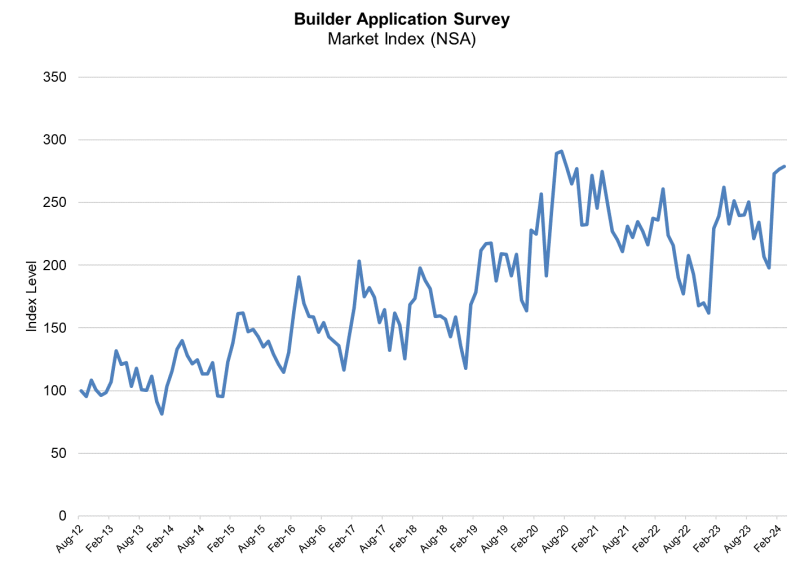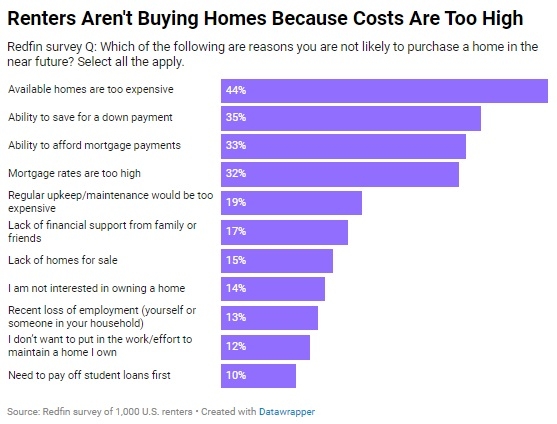Advertisement
Forward on Reverse: The reverse mortgage/long-term care connection
America's New Breed of MillionaireDr. Kerry L. Johnsonaffluence, networking, marketing
Bill Gates is one of the world's richest people. His house in
the Seattle area cost $50 million to build, and if he wanted to
move, he could buy every other house in Wyoming, Idaho and Montana.
He drives a Lexus, but if he felt like buying a $250,000
Lamborghini, it would mean as much to his bankroll as dinner with
your spouse (without the movie) means to yours. His time is worth
so much, if he found a $100 bill on the street, he would lose more
in the time it took to pick it up. Gates is a billionaire - the
wealthiest of the wealthy - but affluence in America is not usually
measured in billions; and millionaires are much more common than
ever before.
The average millionaire is not what you think. They don't act
wealthy. They don't have a heliport in their backyard. They aren't
driven around in the family Rolls Royce by a chauffer. You won't
see them on a yacht; on the contrary, you'll probably find them in
the office on weekends. They're more interested in coupon clipping
than champagne and caviar dreams.
Sound pretty average, right? Not so these people are part of
America's new elite rank of millionaires.
How many are there?
According to Ed Bean of The Wall Street Journal, there are
approximately 833,000 households in America with a net worth of at
least $1 million. Mr. or Ms. Millionaire's average age is 57. They
came from a middle class or blue collar background, and likely
graduated from a state university. Today's millionaires rarely lead
pampered lives of luxury; of course there are still the flashy
jet-setting elite who flaunt their well-heeled posh attire and
assets with aplomb, but they account for approximately five percent
of the millionaire population nationwide.
But who are these people the working class looks to with so much
envy? Chances are you know one. Check your neighbors - the highest
concentration is in the Northeast, although more make their home in
California than any other state.
Where did they get their money? According to Dr. Tom Stanley,
professor of marketing at Georgia State University, only about 20
percent of millionaires are born into money; most millionaires come
from seemingly humble beginnings. A few make it big by developing a
revolutionary product or a breakthrough technique, but more are
more are simple workaholics who own their own small business.
Where do we find them?
If you have prospected for millionaires in the past, you probably
searched for social class and the trappings of wealth. Yet only
half of these families own and occupy homes of $300,000 or more.
The new breed of millionaire are not often hidden away in the lap
of pampered luxury. In fact, one percent of the households in
America are in the high seven figure income category. Less than
five percent have annual incomes of $75,000 or more. Many wannabes
are more interested in the appearance of wealth rather than the
development of the discipline necessary to achieve millionaire
status. Many salespeople are trained to hunt big game in the
medical field, but more often than not, the lifestyles of
physicians are defined by the expectations of society. Since they
are in a prestige working position, they find themselves with
better credit than candidates for expensive real estate, frequently
living beyond their means.
Often, the lifestyle of the pseudo-affluent focuses on
projecting a facade that consumes nearly all of their disposable
income. Since many of the would-be affluent live in $400,000 homes
and drive expensive German cars, feigning the appearance of wealth
becomes very costly. Credit card debt and capitalizing homeowner
equity seem to be the only way of maintaining the image: albeit
only for a short while.
So, where does one snare the real goliaths of the well-heeled?
Discovering where they work and live may surprise you: commercial
printing, dry cleaning (multiple store units), jewelry retailing,
specialty tool and manufacturing boutiques, commercial machines and
equipment wholesaling, etc. These don't seem to be glamorous high
affluence occupations, but they may be your best bet for trapping
prospects.
How do you sell to them?
How, then, do you hunt for big game? Forget your hard-sell routine.
According to Jonathan Robbin, chairman of the Charitas Corporation,
millionaires should be sold to with great deference. They are not
as self-consumed as the characters on "Dynasty" and "Dallas" might
lead you to believe. Instead, they are very concerned with family,
although most are males with non-working wives. They care about
friends, politics and work, and their spouses are often kept in the
dark about the family's income for fear of competition both at the
office and at home.
The best way to sell to the highly affluent is to do a good job
of networking. These earners don't respond to cold calls. They are
unlikely to answer surveys and telephone machine solicitation.
However, they are very likely to listen to solid referrals.
Another technique is to focus on industry organizations. The dry
cleaning industry, for example, has numerous association meetings.
Every one of them needs speakers, and one of the hottest topics in
America is how to get a mortgage for less and what the future holds
for interest rates. Offering to write monthly columns on financial
issues for commercial printing industry magazines may warm up those
cold calls, especially when you mention how connected you are.
Also, consider acquiring an association directory of an
affluence-rich industry. A cold call to a member of the state metal
electroplating society may be met with less resistance than you
think! Then, send a mailing and make the calls.
There's gold in them there hills! But the secret is knowing
where to look. If you prospect in the same way and places as other
originators, you're sure to work hard and make a mediocre income.
Your future success lies in skill, not luck. Hunt the big quarry.
Let your competitors knock each other out trying to bag the
wildebeests ... you want the elephants!
Dr. Kerry Johnson is the author of six best-selling books
and a frequent speaker at many mortgage industry conferences. To
order his book, Mastering the Game or get a free
subscription to his newsletter, The Professional Sales
Excellence Series: Online, call (800) 386-1749 or e-mail [email protected].
About the author





